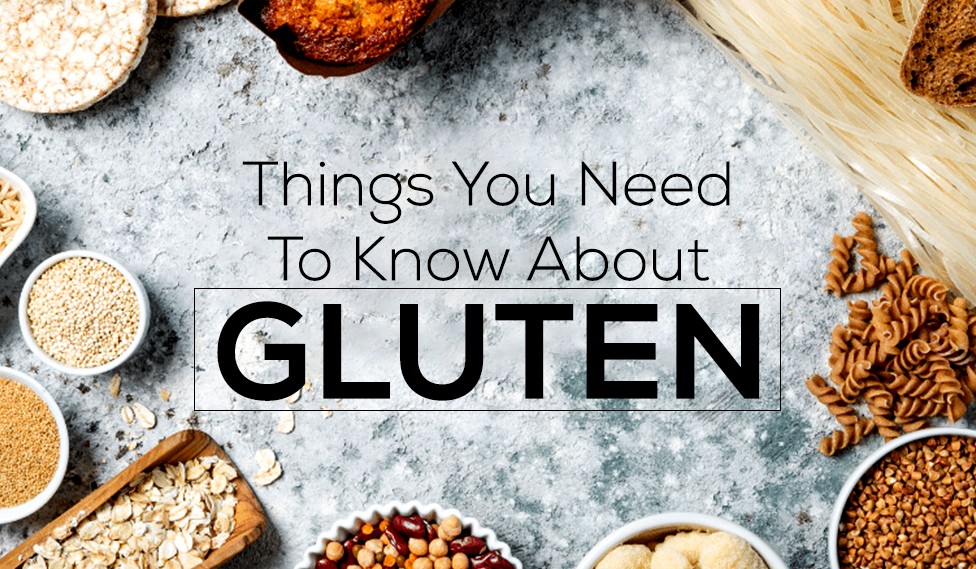It has been said that gluten is loved and feared, misunderstood and vilified. It is the foundation of practically all types of baking, yet so many bakers are perplexed by it. It can be challenging to discuss gluten without delving into food technology; therefore, it can be a perplexing subject. Bakery classes in Chennai provide a fundamental understanding of what gluten is and how it functions and will help you (and your baking) immensely.
Like the phrase “communist” was used in the 1950s, the word “gluten” is used now, although the threat is the Bread Menace rather than the Red Menace. Indeed, 1 in 100 people has celiac disease, an autoimmune condition in which ingesting gluten damages the intestines, affecting approximately 1% of the population.
What Is Gluten Technically, And How Does It Relate To Food Science?
The idea that gluten is an ingredient in flour is a prevalent one. Technically speaking, this is false. When water is incorporated into the flour, gluten is produced. Glutenin and gliadin are two proteins found in the bag of all-purpose flour lying on your counter. The two proteins are combined and kneaded to make gluten when water (or a beverage containing water, such as milk) is added. Baking classes in Chennai say to know the strength of the flour with the proteins it contains and not with the gluten it has.
What Does “Protein Content” In Flour Mean? Does That Involve Gluten?
A particular type of flour contains more gluten-forming protein and greater protein concentration. Baking courses in Chennai say that another way to look at it is that flour is “stronger” the more protein it has.
Cake Flour :
Cake flour has a limited propensity for the production of gluten and contains 10% protein. Less protein is available when cake flour is used in a recipe instead of all-purpose flour; consequently, less gluten will form. Cake baking classes in Chennai advise using only cake flour to acquire the best fluffy cakes without big air pockets.
Bread Flour :
However, the protein content of bread flour is 12.7%. The dough can produce more gluten since there is more protein present. The bread flour will make a more substantial dough than all-purpose flour and cake flour, even when the kneading and proofing time is the same for all.
All-purpose Flour :
The protein content of all-purpose flour, however, falls securely in the midst of this spectrum at 11.7%, making it a good choice for most baking tasks, from loaves of bread to cakes.
Impact Of Gluten In Baking
You can desire a significant amount of gluten formation or as minimal as possible based on the type of baking you’re performing. Do you recall the web of gluten threads that formed when batter or dough was stirred? The stronger the network, the more gas it can store, which results in more air in the baked food and a stronger rise. This web has the capacity to trap air pockets.
For cakes and some other fragile baked foods, you would like a delicate structure and texture, whereas, for bread, you want to have a lot more dough strength to generate a chewy feel and retain and trap gas as dough rises. You must manage how much gluten develops in order to accomplish each of these objectives.



